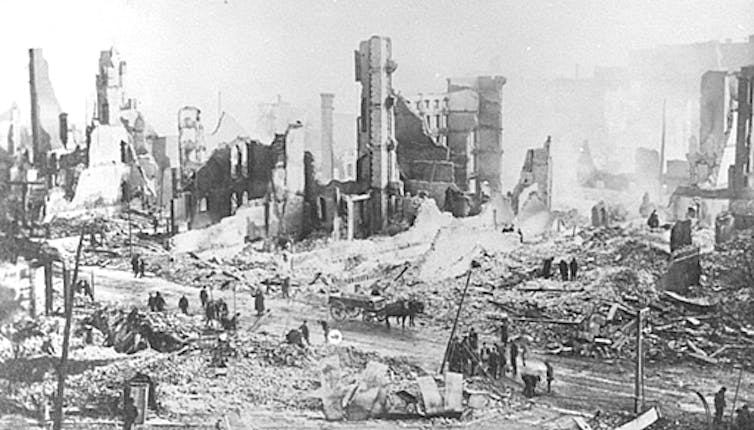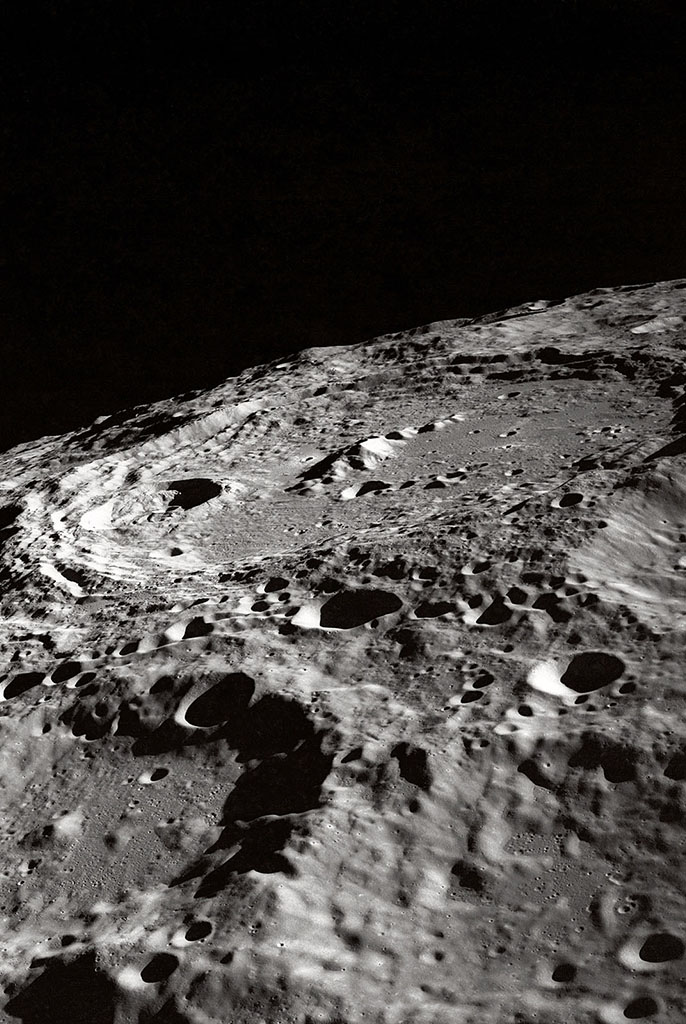On a cool February morning in 1904, a spark ignited a fire in the heart of downtown Baltimore. Within hours, a raging inferno swept eastward across the harbor district, consuming everything in its path. By evening, the local firefighters were overwhelmed, and the city sent telegrams to the fire chiefs of major Northeastern cities pleading for help in battling the blaze.
Washington, Philadelphia and New York, along with other cities, responded quickly with dozens of engine companies. Yet when they arrived at the scene, many responders could not hook up to Baltimore’s hydrants since each city had its own threading standards to connect fire hoses.
The fire resulted in damages of over US$3.5 billion in today’s dollars. It created a call for a national standard of threads for hoses and fire hydrant outlets. These standards now improve emergency responses across the country – and the same concept of standardization allows for consistency and replicability in scientific research.

An illustration of the aftermath of the Great Baltimore Fire in February 1904.
Fred Pridham/Wikimedia Commons
In science, the ideal way to evaluate data is related to the concept driving the calls for uniform fire hose equipment. When scientists compare their results to those obtained in other laboratories, or with previously published data, the comparisons are most meaningful if all datasets were made with standardized practices and reference materials.
Museum scientists like us provide compelling insights into the natural world, prehistory and historical culture heritage. Like that of many other scientists, our work, and the measurements we take day to day, depends upon standard references.
Here we offer two fascinating stories from the Smithsonian Institution’s Museum Conservation Institute that highlight how scientific measurement standards allow for exciting new discoveries:
You are what you drink
In 2007, the New Mexico Bureau of Reclamation exhumed the remains of dozens of Civil War-era soldiers from the ruins of Fort Craig. They had been left behind when the fort was abandoned in 1885.

A historical view of Fort Craig, N.M.
Center for Southwest Research, University Libraries, University of New Mexico, CC BY-NC-SA
Anthropologists from the Smithsonian and the Bureau of Reclamation in New Mexico identified the remains as belonging to a diverse range of people – including a few dozen African American Buffalo Soldiers, a group that made up a relatively small percentage of the U.S. military at that time.
Historical records tell researchers that most of the military units at Fort Craig mobilized out of Kentucky and Virginia, but official records don’t always tell the full story. The group of project scientists, which included one of us, Christine France, needed a way to confirm the origin of these individuals and restore some identity to these forgotten soldiers….


